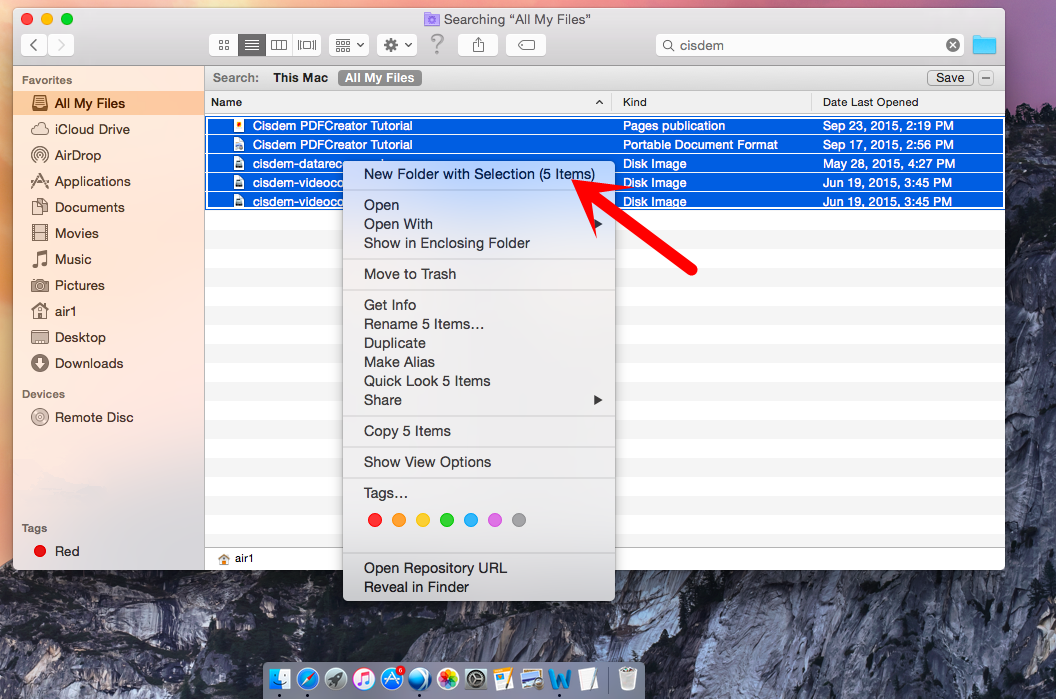
First of all you will have to put all your files in a ZIP Archive that we will be using again in the other step to hide your files.Steps to Hide ZIP Archive in an Image File on a MAC: # The method is quite simple and easy and you just need to use some commands of terminal that will help you to hide zip files, So follow up the steps below to proceed. Either of the two options shown here are totally valid for compressing and we do not need third-party applications to perform this action on our Mac.How to Hide ZIP Archive in an Image File on a MAC #

When you press directly, the compressed file will appear directly to ZIP and to decompress it in this case we cannot perform the action in reverse from the same menu, this time You will have to press first on «Quick view» and then on the unzip option. directly from the desktop, folder or similar.įor this, what we have to do is press the right button on top of this and directly click on the compress option. In this case we can compress any file, image, document, file, folder, etc. This is the option that I use personally but as we say there are more options. Then you can add a period to indicate which directory, folder or similar you want to choose or you can even use an asterisk to choose all the files you want to compress. With these two commands you can do a ZIP compression easily from Terminal. To compress a file directly from Terminal, just type zip -r filename.zip directory and to extract it you can use unzip filename.zip and ready. Obviously we can perform this action and many others with Terminal and without, but when you have hidden files or directories this option can be really interesting for it. One of the options that we have available for a long time in macOS is compress files and folders in ZIP from Terminal, Today we will see how simple and effective this action can be, which can be performed from any computer with macOS installed.


 0 kommentar(er)
0 kommentar(er)
